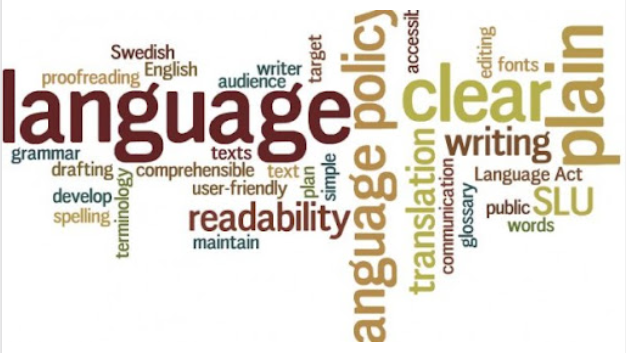A COMPARATIVE STUDY OF STUDENT CENTERED -INTERACTIVE TEACHING STRATEGIES AND TRADITIONAL APPROACHES IN HISTORY EDUCATION
Keywords:
History education, interactive teaching strategies, student engagement, critical thinking, inquiry-based learning, role playing, digital tools, student centered learning, experimental study, history pedagogyAbstract
This study examines the impact of student-centered interactive teaching strategies compared to traditional teacher-centered approaches in history education. While history has long been taught through lectures and memorization, research suggests that interactive strategies—such as role-playing, debates, group discussions, inquiry based learning, and digital tools—enhance student engagement, critical thinking, and comprehension. This experimental study was conducted in a secondary school in Karachi, involving two groups of Grade 10 students: a control group taught through traditional methods and an experimental group engaged in interactive techniques. Over eight weeks, both groups covered the same historical content,and their learning outcomes were assessed through pre-tests, post-tests, classroom observations, and student feedback. The findings revealed that students in the interactive learning group demonstrated significantly higher engagement, deeper historical understanding, and improved critical thinking skills compared to those taught through traditional methods.One-way ANOVA results confirmed a statistically significant difference in achievement between the two groups, supporting the hypothesis that interactive strategies lead to better academic performance. Qualitative data from classroom observations and student feedback further reinforced the effectiveness of student centered approaches in making history more relevant and engaging.

















